A healthcare deficit nation like India can quickly turn a quarter thanks to Artificial Intelligence says Satyen K. Bordoloi
In a remote village somewhere in its cow-belt where unlike in South India healthcare is scarce, a farmer – while working in his field – falls unconscious. The nearest doctor and hospital are thirty miles of bad roads away. But thanks to Digital India, internet connectivity is good. The man is brought to a rural clinic equipped with easy-to-use Artificial Intelligence (AI). The operator at the clinic who isn’t even a graduate puts a stethoscope with an AI sensor on the patient’s body. It records heartbeats and makes a quick diagnosis: arrhythmia or irregular heartbeat. It is a temporary condition that usually passes but can be serious in an unconscious person.
When told the patient is diabetic, the technician draws a few drops of blood on a slide and puts it into an AI diagnostic machine which points out a few troubling markers. While this is going on, he also snaps the man’s previous medical records with his mobile which uploads it to an AI-enabled EHR – Electronic Health Record system that uses AI Optical Character Recognition to transcribe it.
Sify Technologies – ICT Service Provider
Within 10 minutes this preliminary investigation is done, and he is driven off to a hospital suggested by another AI app based on the diagnosis. The recording of the heartbeats and blood report reach awaiting doctors.
Did you think this scenario – where basic medical diagnosis is autonomous making it operable by a moderately educated person with simple digital and medical training – is futuristic? It isn’t. AyuSynk from Mumbai-based Ayu Devices is an AI stethoscope. Bangalore-based SigTuple’s AI100 diagnostic machine can analyze blood, urine, semen, x-ray, and retinal scan to auto-generate a pathology report which can be stored in the EHR app called DocTalk. These are but a few of the companies in India making path-breaking medical AI devices.
India’s poor medical infrastructure
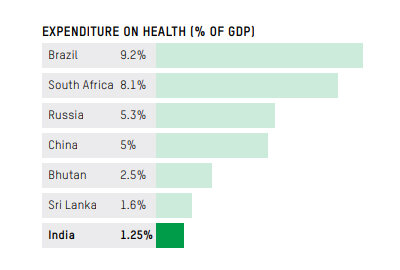
India’s healthcare has never caught up to its population. At 86 registered doctors per 100,000 people, it is well below the world average of 150. The actual number of practicing doctors – taking out those who stop practice or leave the country – as per a 2017 study by scholar, Basant Potnuru is 4.8 per 10,000 or 48 per 100,000, less than one-third the world average. A 2019 US study found India has a shortage of 600,000 doctors and 2 million nurses.
Yet India spent only 1.8 per cent of its GDP on healthcare in 2020-21, revising it to 2.5-3 per cent in 2021-22 and remaining almost the same in the budget allocation of 2022-23. Compare this to 16 per cent by the USA, and over 10 per cent by nations like Japan, Canada, and Germany. As per WHO, India ranks 184 out of 191 in terms of health spending.
India needs an urgent infusion of cash into its crumbling medical infrastructure. The problem is with a shrinking GDP thanks partly to COVID19 and the government’s other fiscal policies, India has too many spending priorities and healthcare does not get the attention it deserves.
Why Medical AI is best suited for India
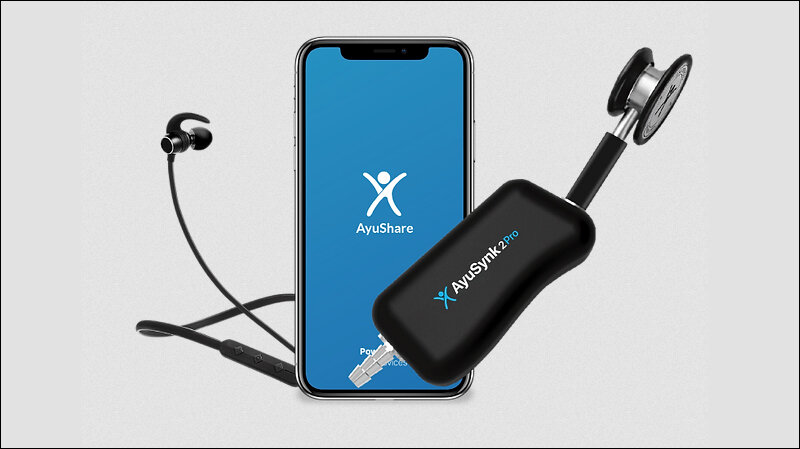
Medical AI is usually looked upon as a solution made by, of, and for richer nations. That thinking is faulty. It is – in truth – best suited for nations like India struggling with fulfilling their healthcare needs for four primary reasons: medical AI solutions are cheaper to make and implement compared to the cost of upgrading traditional healthcare ecosystem, they mostly ride on existing digital transmission networks, they can be quickly scaled up and can be manufactured to be affordable, portable and low maintenance, and its frontend users do not require high medical or technical expertise as most of these systems are designed to be intuitive.
India also has some of the best scientific institutes in the world like the IITs and IISC Bangalore. It has one of the world’s largest networks of basic technical training institutes in the ITIs (Indian Training Institutes), has great centres for digital innovation in cities like Bangalore and Pune run by some of the best digital workforce in the world, a huge digital infrastructure supported by the world’s cheapest mobile connectivity that covers most of the nation, and a huge pool of educated, motivated yet unemployed workforce that can undergo quick training in medical AI gadgets.
India also has a medical system that is taught and runs almost entirely in English which means it is devoid of the usual legacy, adaptability, and regional transportability issues.
India’s vibrant AI Ecosystem
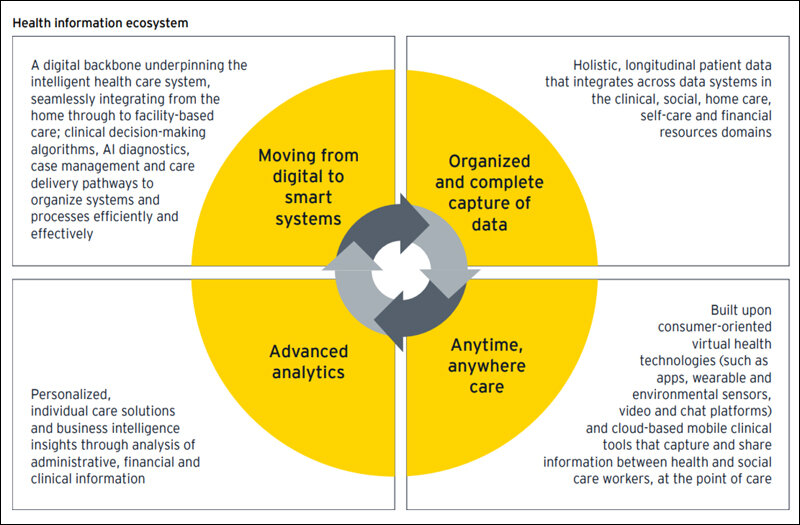
India has a vibrant start-up ecosystem that has seen many new artificial intelligence companies come up with exciting medical AI devices and applications including Artelus, ChironX, Predible, Lybrate, OncoStem, Tricog, SigTuple, Niramai, Qure.Ai, etc. Some government departments are also working on AI applications for use in healthcare.
These companies are aware of both the strengths and constraints of India’s digital infrastructure and the spotty nature of its network in rural areas. Thus most have built their AI application to work in low-resource environments.
Yet, except for some pilot studies and test runs in a few corners, most medical AI devices have not yet found the adoption and interest they deserve. The medical AI industry thus needs to form a collective body, or join with existing ones like the Confederation of Indian Industry (CII) or Federation of Indian Chambers of Commerce and Industry (FICCI), to curry favourable policies and government funding for themselves.
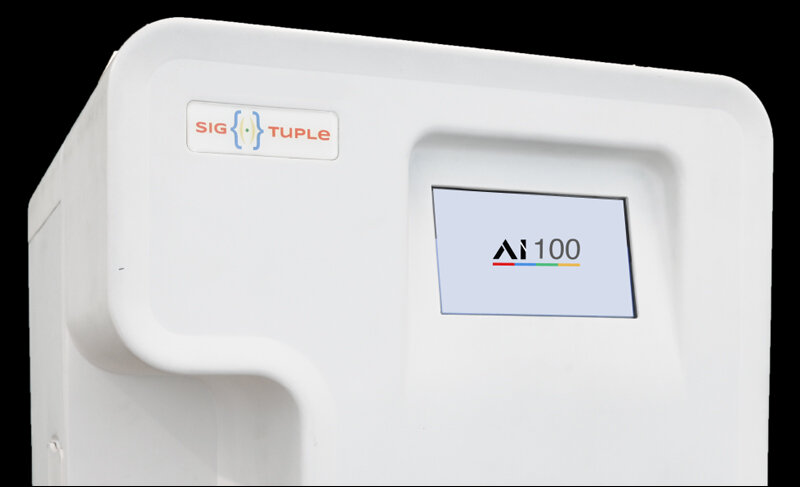
The last hurdle is the Government of India (GoI). The GoI has a grand vision for the use of Artificial Intelligence generally including in medicine but so far has not invested substantial money or efforts in putting legs to them.
The GoI needs an expert body to set guidelines and regulations for medical AI applications, especially the datasets used to train them. These guidelines should be driven by the need to have common specifications for similar AI apps so that apps from different manufacturers can talk seamlessly with each other in real time, cutting down confusion during medical emergencies. Rules for the portability of data from one platform to another are essential.
The GoI also needs to ensure that courses on AI are run in medical and nursing colleges to train students on this new digital frontier of the future. They must also instruct the ITIs to coordinate with the medical AI industry and colleges to start courses on using these gadgets.
Large nations like India do not really need the world to set standards for it with regards to AI. Their large population means that the size and variety of datasets possible are enough to train any medical AI app. Thus, instead of importing, India can become an exporter of medical AI.
What is required is for the government to play a matchmaker between needs and existing solutions. If done with focus, far from being a healthcare-deficient nation, India can actually become an innovation hub for the development, testing, and use of AI in medicine and healthcare while providing inexpensive AI solutions to fulfill acute shortages in medical infrastructure across the world, especially the poorer nations.
In case you missed:
- Digital Siachen: Why India’s War With Pakistan Could Begin on Your Smartphone
- Rise of Generative AI in India: Trends & Opportunities
- Deep Impact: How Cheap AI like DeepSeek Could Upend Capitalism
- AIoT Explained: The Intersection of AI and the Internet of Things
- Digital Siachen: How India’s Cyber Warriors Thwarted Pakistan’s 1.5 Million Cyber Onslaught
- Project Stargate: Dubious Origins in the 1970s to AI Goldrush in 2025
- Why Elon Musk is Jealous of India’s UPI (And Why It’s Terrifyingly Fragile)
- A Manhattan Project for AI? Here’s Why That’s Missing the Point
- Copy Of A Copy: Content Generated By AI, Threat To AI Itself
- The Great Data Famine: How AI Ate the Internet (And What’s Next)



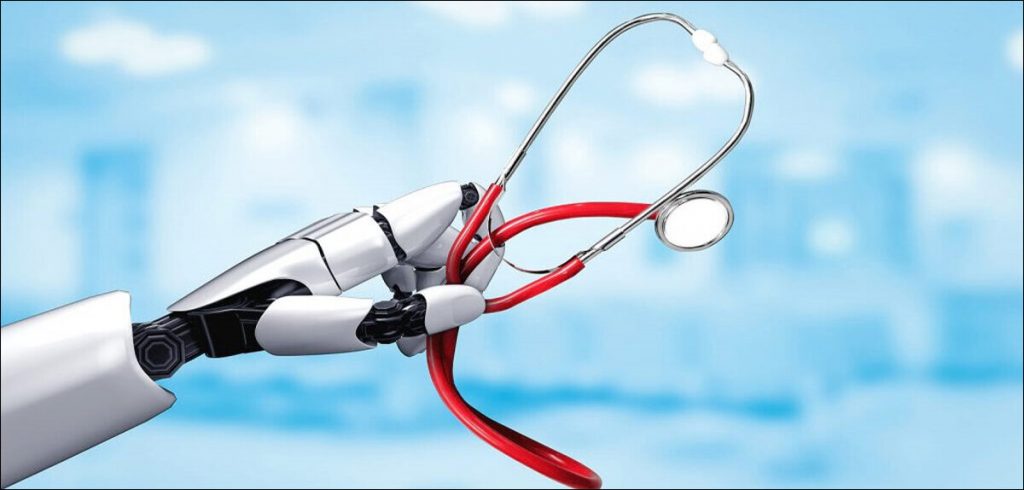






3 Comments
Thank you for sharing this information. We at EMed HealthTech provide custom healthcare software development for patients, doctors & laboratories, and for doctors & patients, we have the solution for online consultation telemedicine app development.
Interesting points. But not much can be done at an individual company level unless the government lends a much needed helping hand.
Bravo, this excellent phrase is necessary just by the way